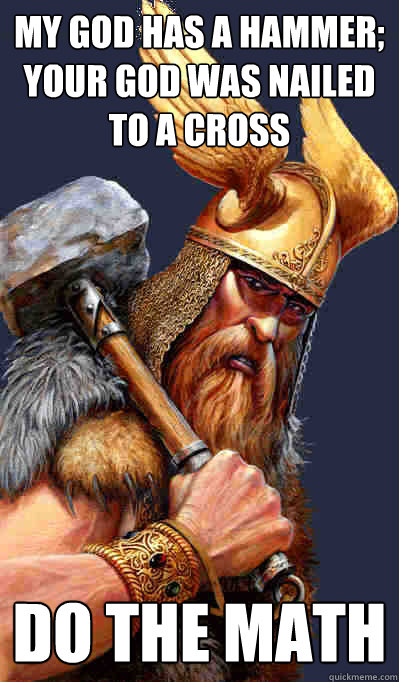Batman & Jesus is an almost two-hour documentary that tries to draw parallels between stories about Batman and stories about Jesus to make a case for the Christ myth theory–the claim that Jesus was not a historical figure.
The video cuts back and forth between straightforward defenses of the Christ myth theory from Robert M. Price, Richard Carrier, David Fitzgerald, and others that are interspersed with a discussion among “self-proclaimed Batman experts” about the Batman canon.
Just as Batman’s mythos over the years have resulted in numerous contradictory stories, movies, and video games, so have what were considered canonical stories of Jesus’ life both changed and been re-interpreted over millennia.
The leap the film wants viewers to make is obvious– just like Batman, the earliest stories about Jesus were nothing more than “literature based on myths,” as Price puts it mid-way through the documentary. The central claim seems to be that stories about Jesus consisted of rewritten and updated versions of older stories from Jewish, Roman, and other traditions. This is supposedly similar to the way that someone like Frank Miller took existing Batman mythology and updated it into the much grittier and violent “The Dark Knight Returns” that better reflected and appealed to the mid-1980s comic book audience
The Christ myth theory is a fringe theory, and “Batman & Jesus” gives some insight into why.
The documentary gives a lot of space to debunking contemporary views of Jesus, and implies that if these contemporary views are wrong then Jesus must be ahistorical.
For example, since the New Testament says little about Jesus’ physical appearance believers have often depicted him as appearing like them. But the fact that many contemporary churches where I reside depict Jesus with blonde hair and blue eyes does not make Jesus ahistorical, any more than John Wayne’s ridiculous portrayal of Genghis Khan in The Conqueror renders Genghis Khan ahistorical.
Similarly, Fitzgerald repeats his claim that the reason the Christ myth theory is not more widely accepted is because most Biblical scholars are Christians. This is a common ad hominem that Fitzgerald uses, and isn’t helpful even if taken at face value since many prominent Biblical scholars are not Christians.
As a piece of film, the structure is certainly interesting and creative, but the thesis is wholly unconvincing.


